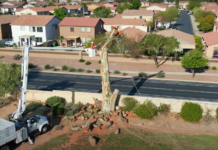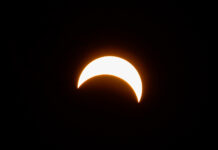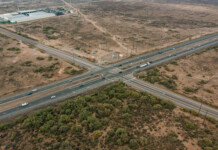The final chapter for Maricopa Wells closed in 1879 with the coming of the Southern Pacific Railroad through Arizona.
In 1939, a few adobe blocks were the only evidence left of the bright lights that once lit up this sparsely populated desert for so many years at Maricopa Wells. It now joins other ancient civilizations that no longer exist. However, it does leave a legacy of past civilizations in this area through its records, diaries and journals kept by the many travelers who explored its land hundreds of years ago.
Spanish conquistadores Francisco Vázquez de Coronado traveled along the Gila in 1540, searching for the Seven Cities of Cibola and kept records of his expedition. Father Kino came in 1694 and followed the Gila River with the purpose of building missions. He was amazed to see a huge “castle” in the middle of the desert that later was the Casa Grande Ruins near Coolidge. Four years later, he returned and wrote in his diary about two other large houses in ruins.
Father Jacobo Sedelmayr explored the area after Kino and made notes about these same two ruins. One of the ruins was Casa Blanca, located about two miles southwest of Sweetwater, and the second ruin was probably the same one Juan Bautista de Anza recorded in his diary in 1774 located at Sutaquisón, a Pima village near Pima Butte. However, there is little else known about these ruins other than they were built and used by the Hohokam centuries ago.
Photo courtesy of Patricia Brock
Maricopa factoids are a regular feature on InMaricopa.com. They are provided by the Maricopa Historical Society, a branch of the Friends of the Maricopa Public Library. Most of the photos and information come from “Reflections of a Desert Town” by author and historical society chairperson Patricia Brock.

















